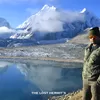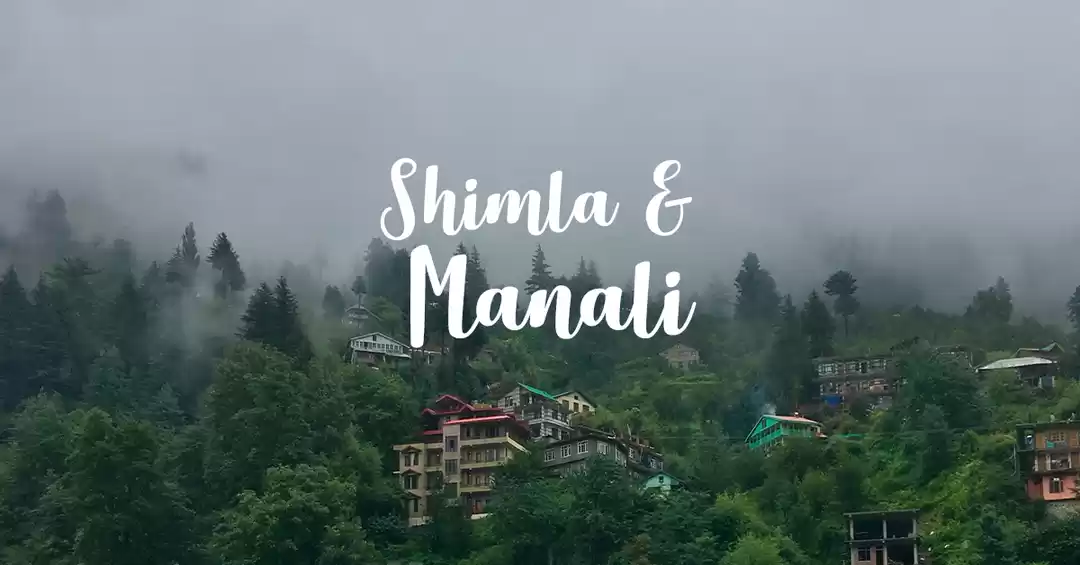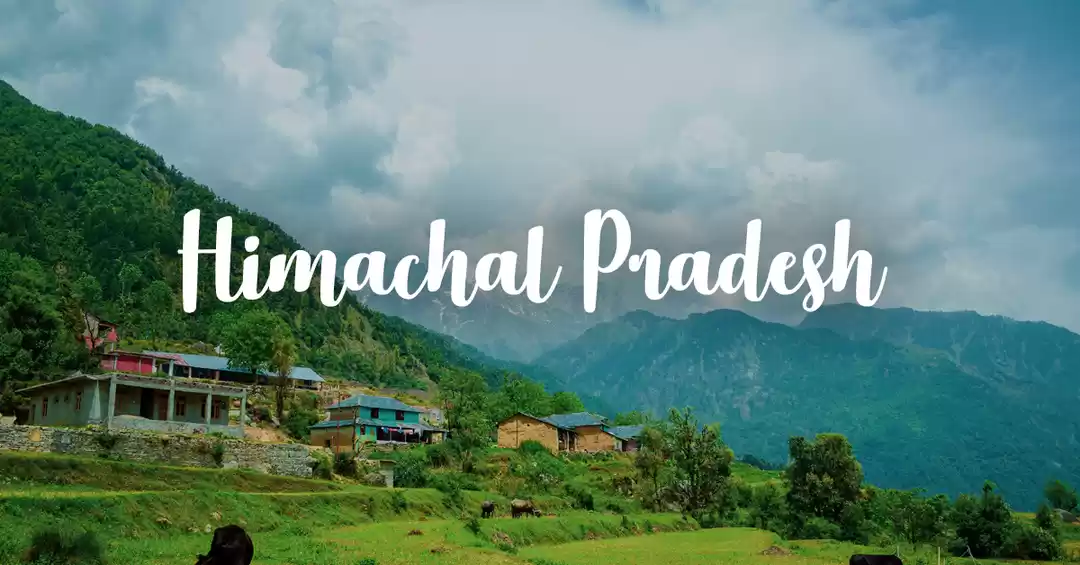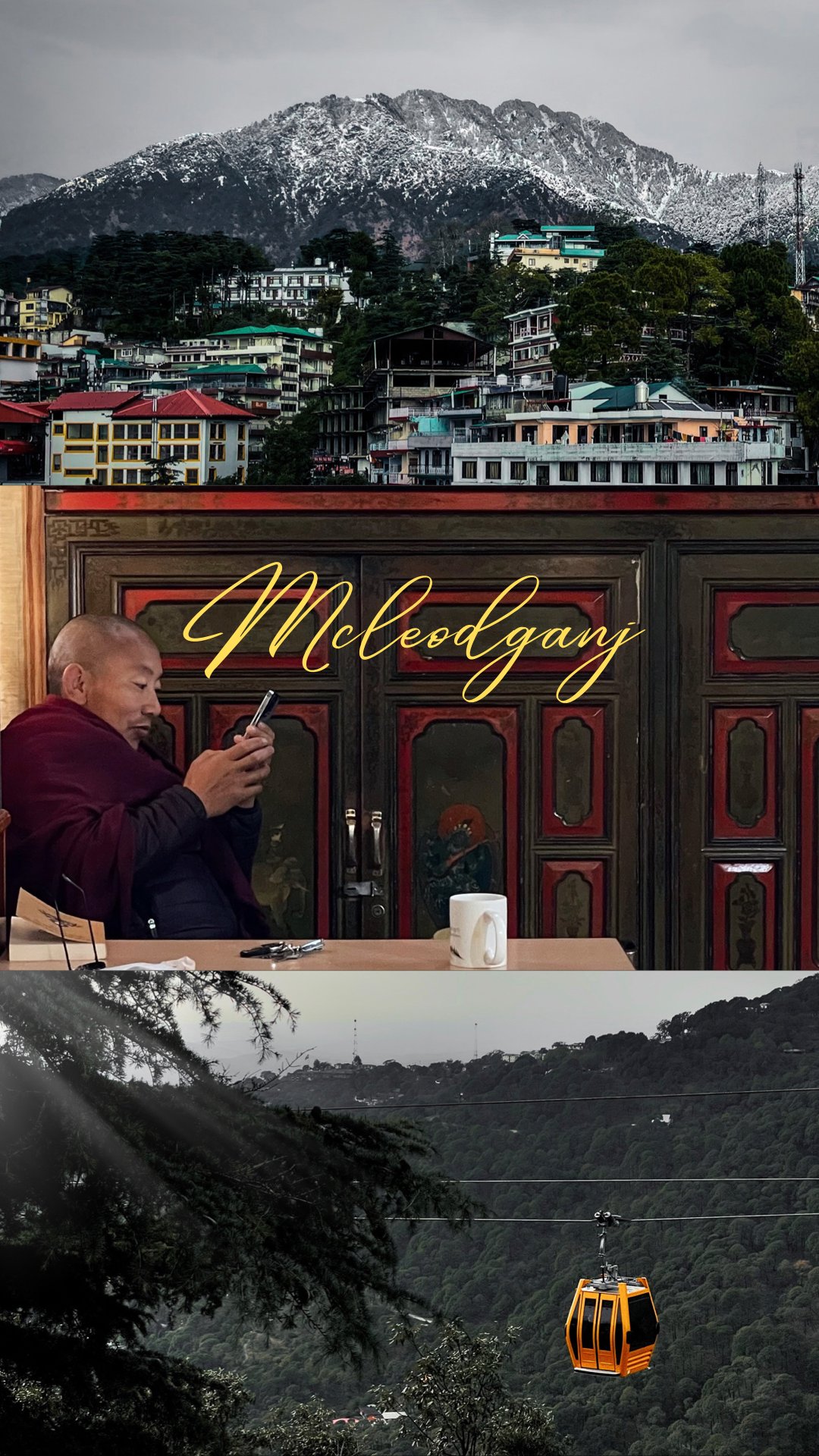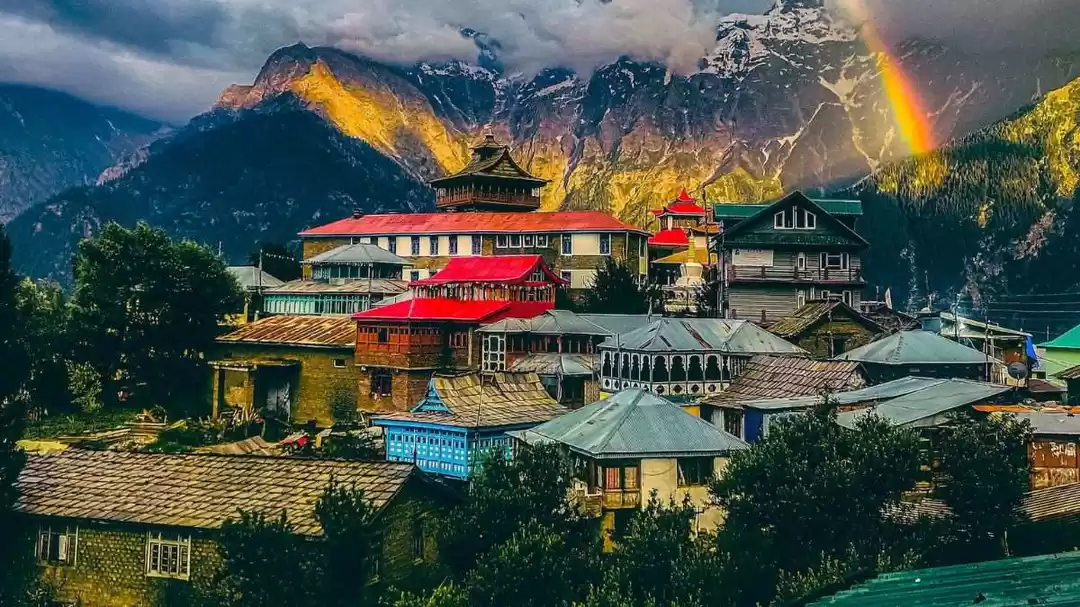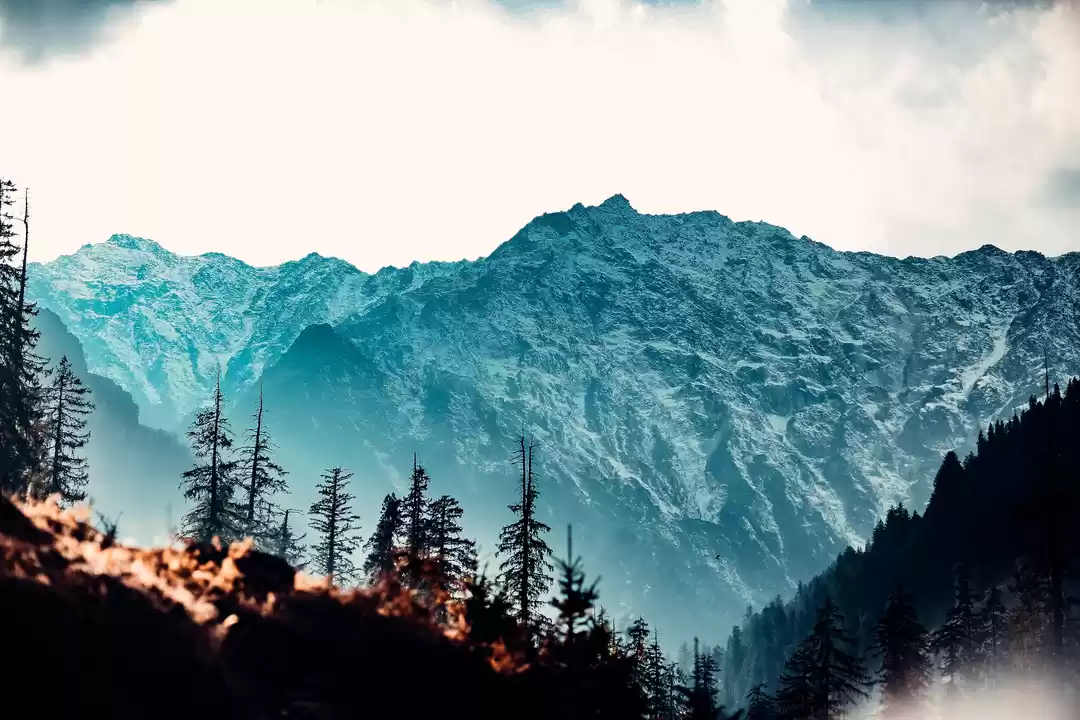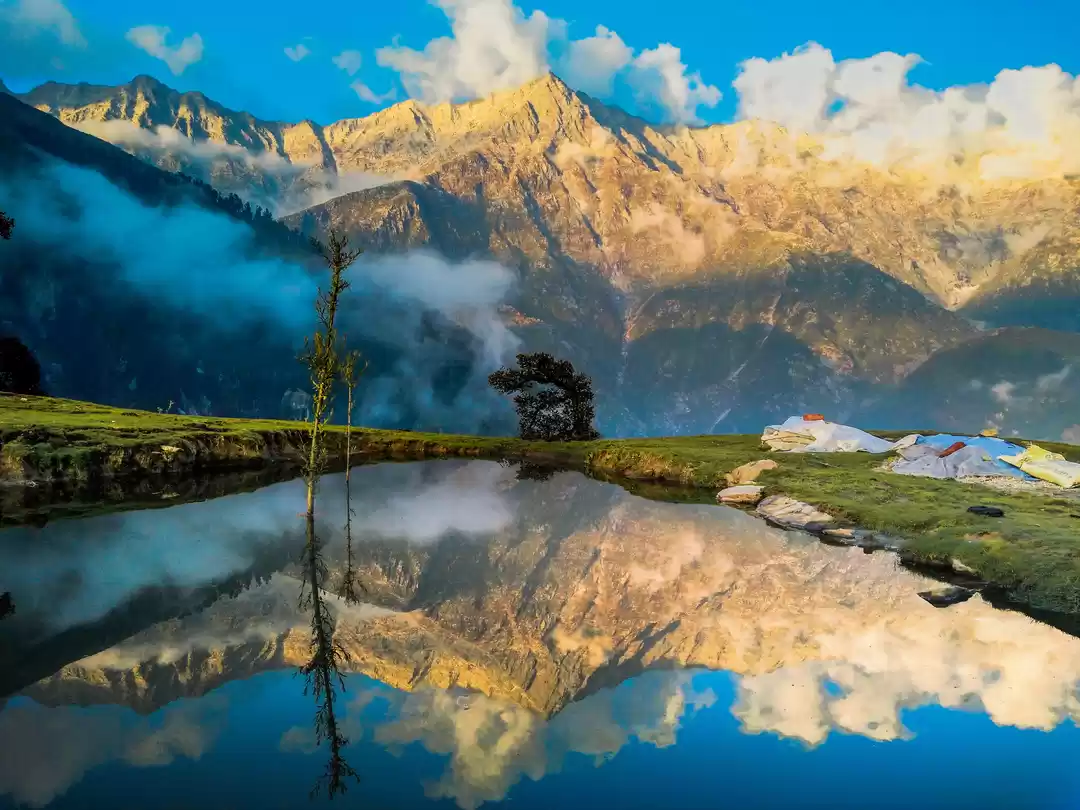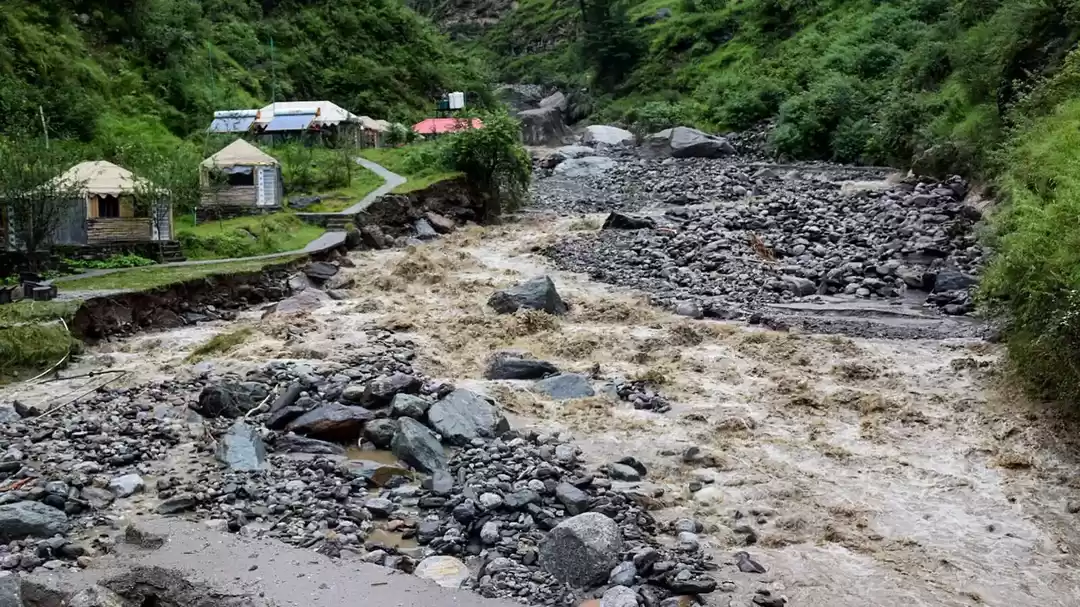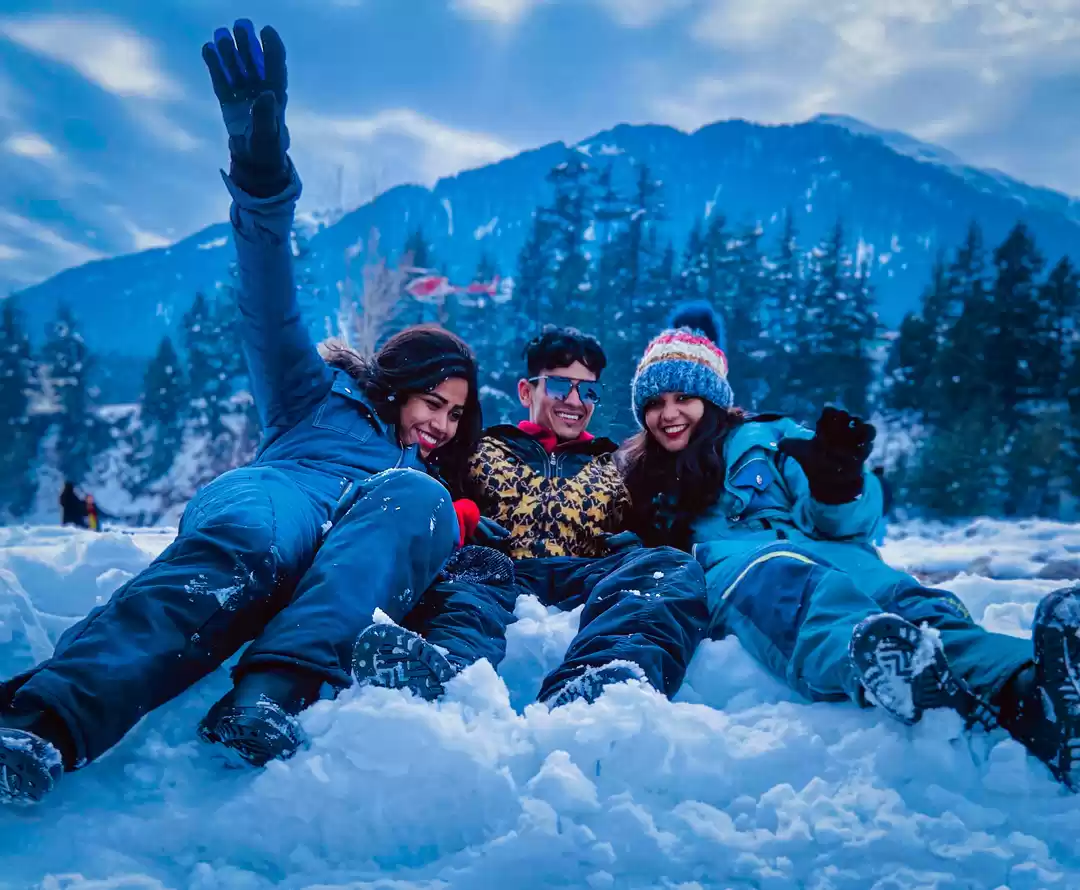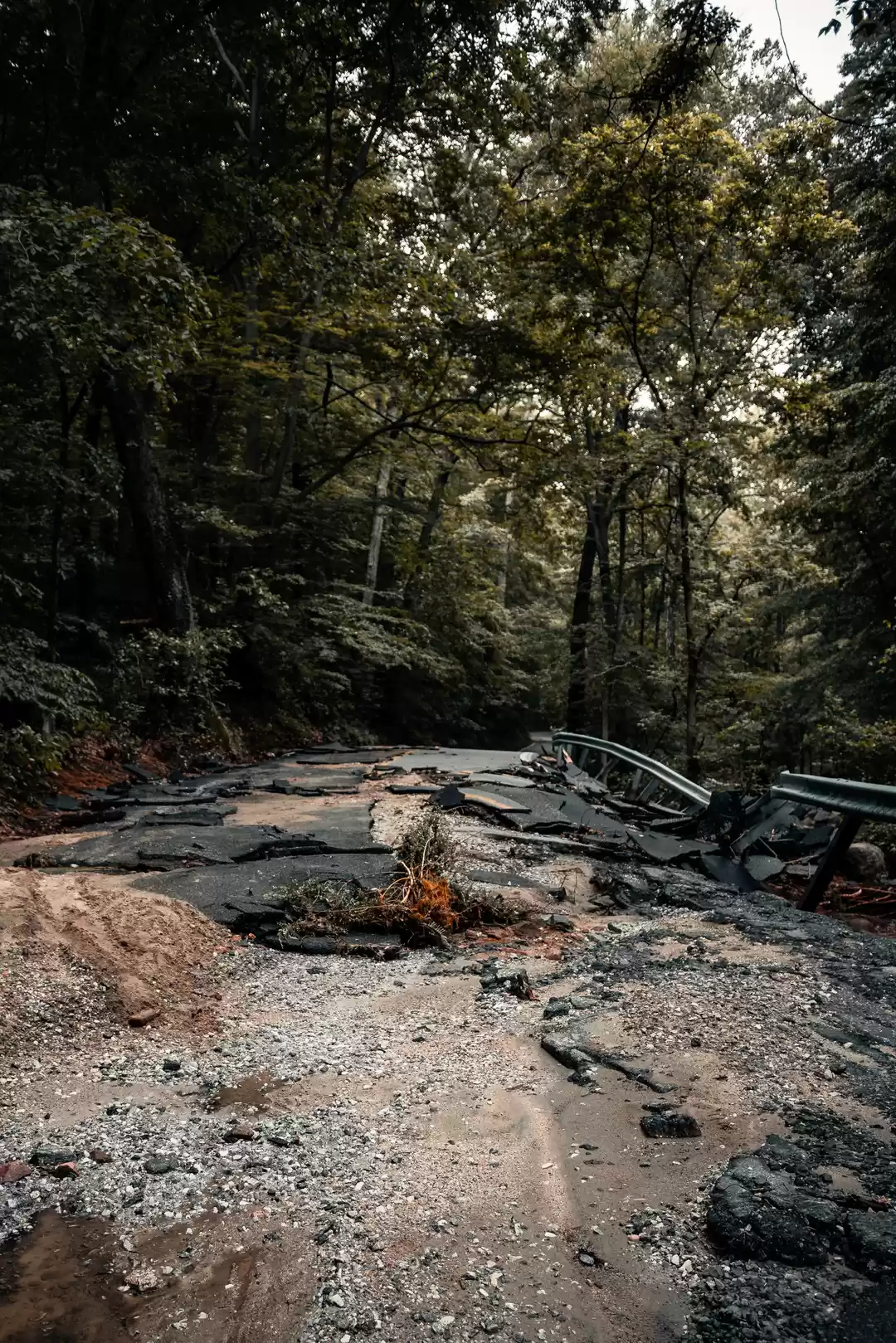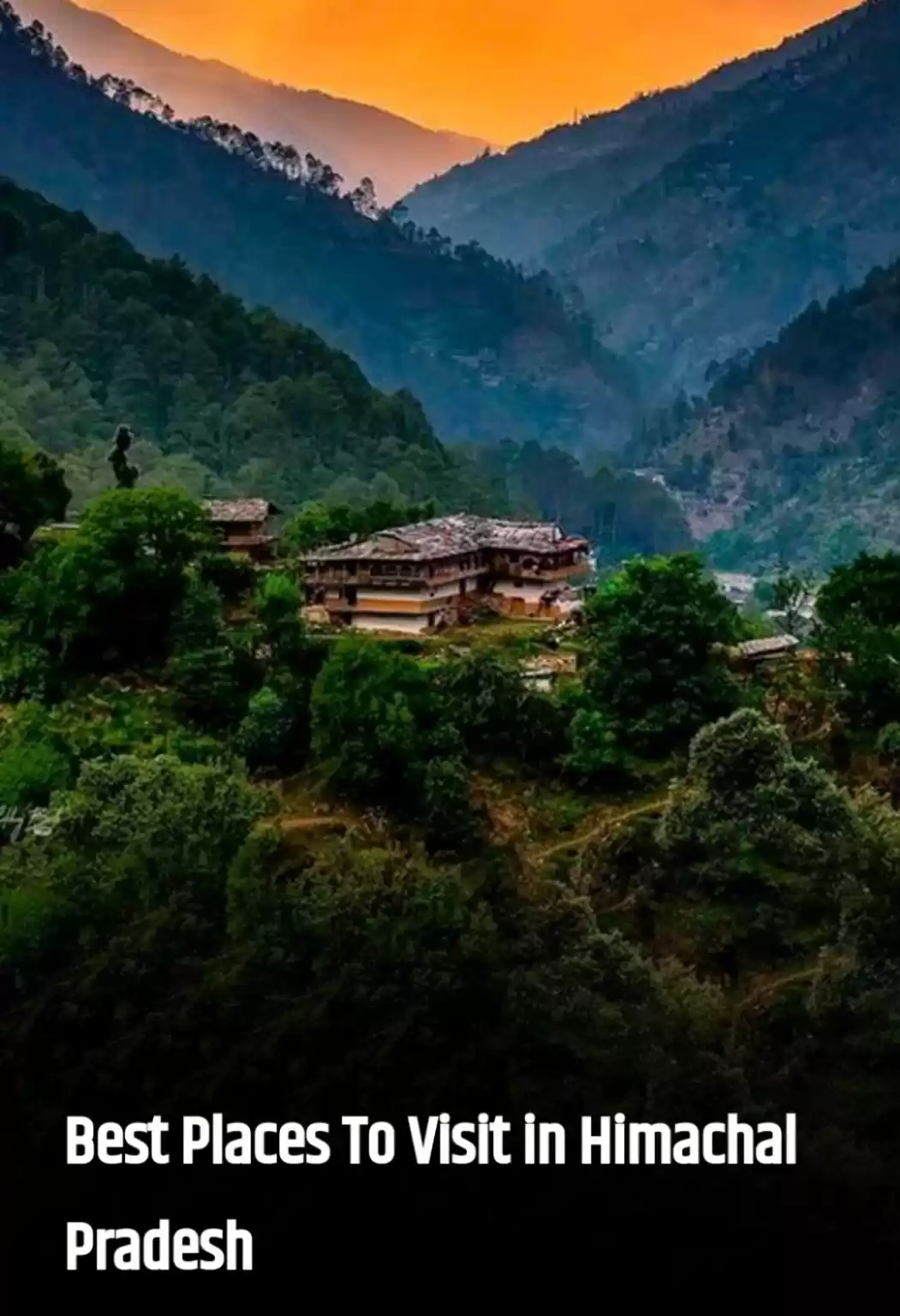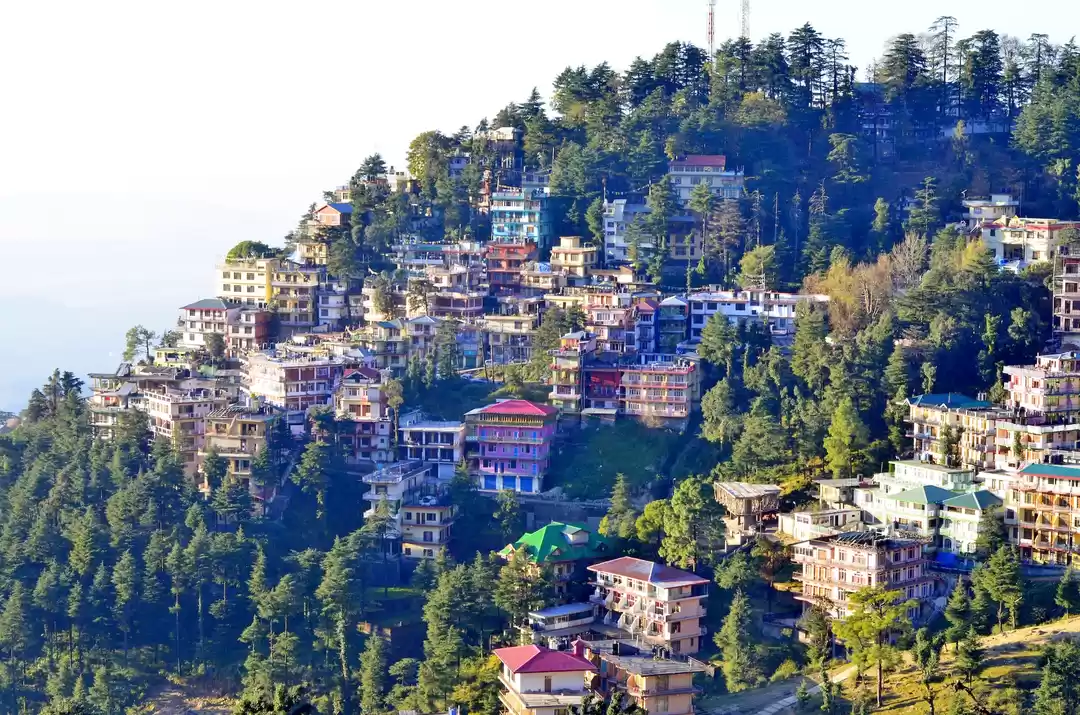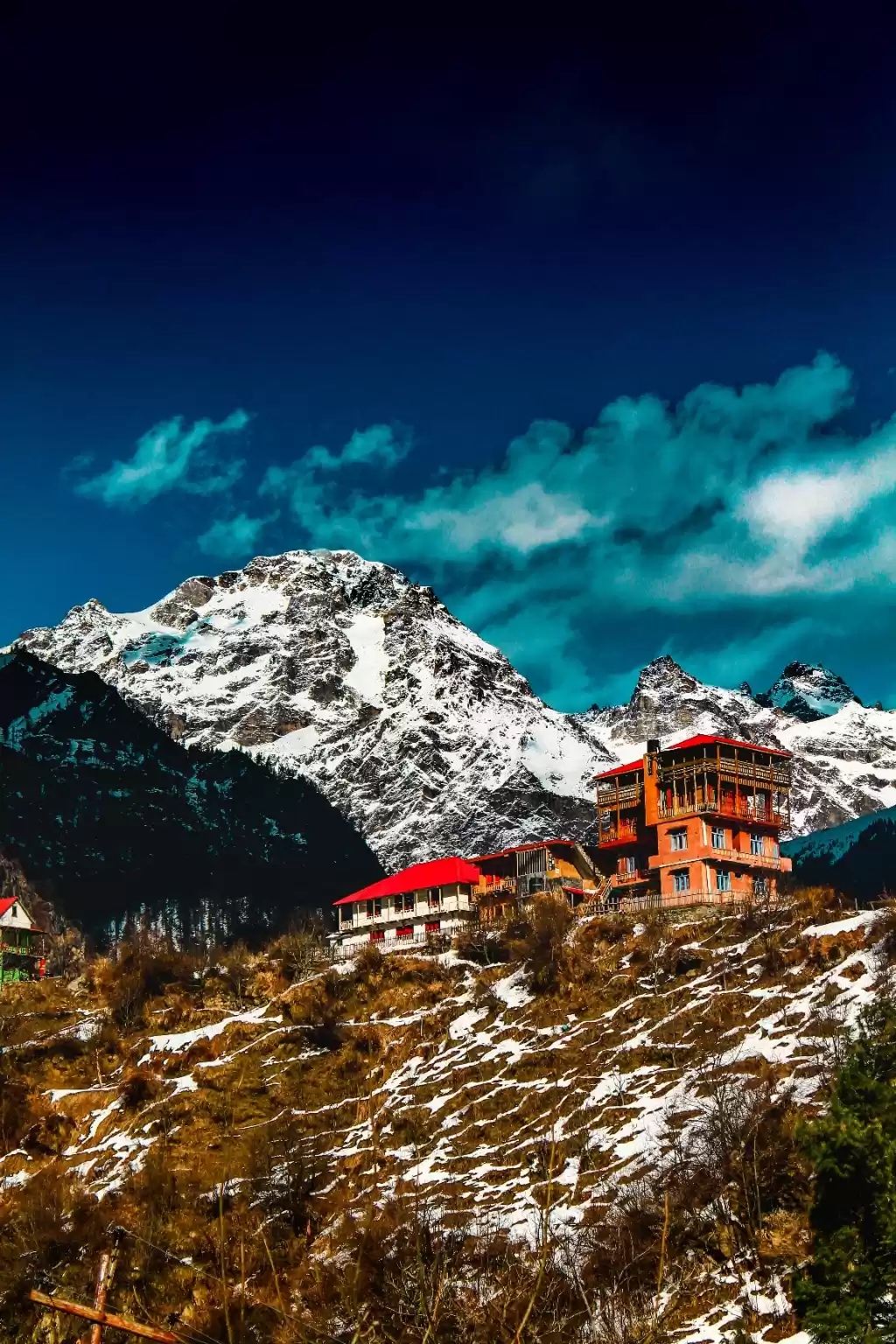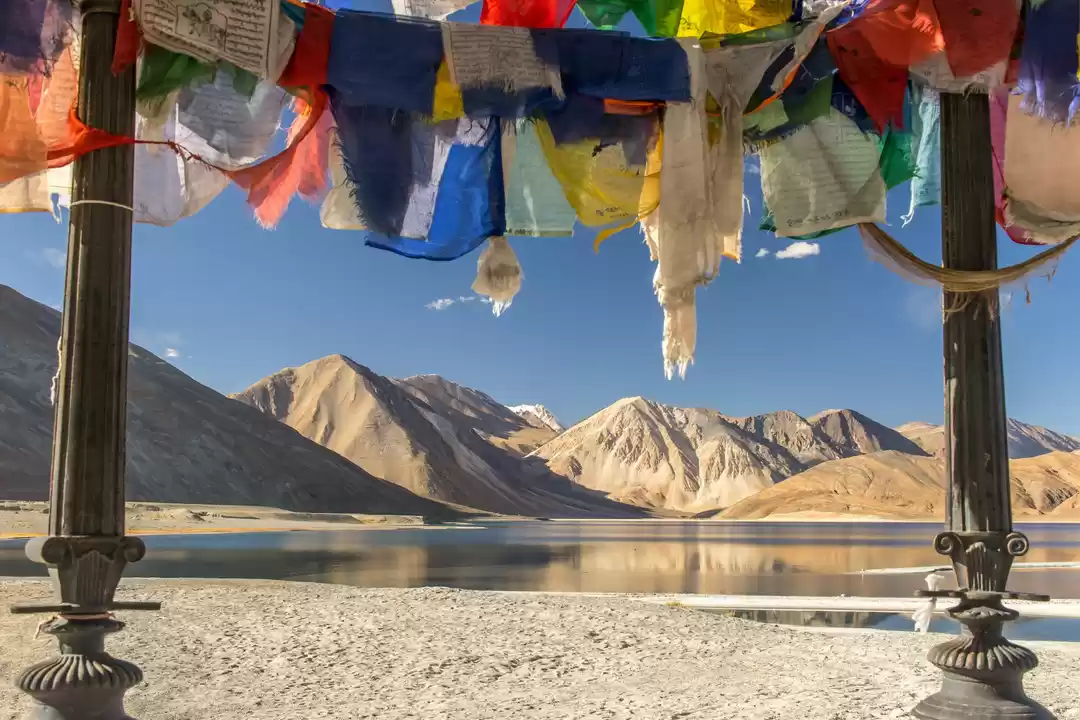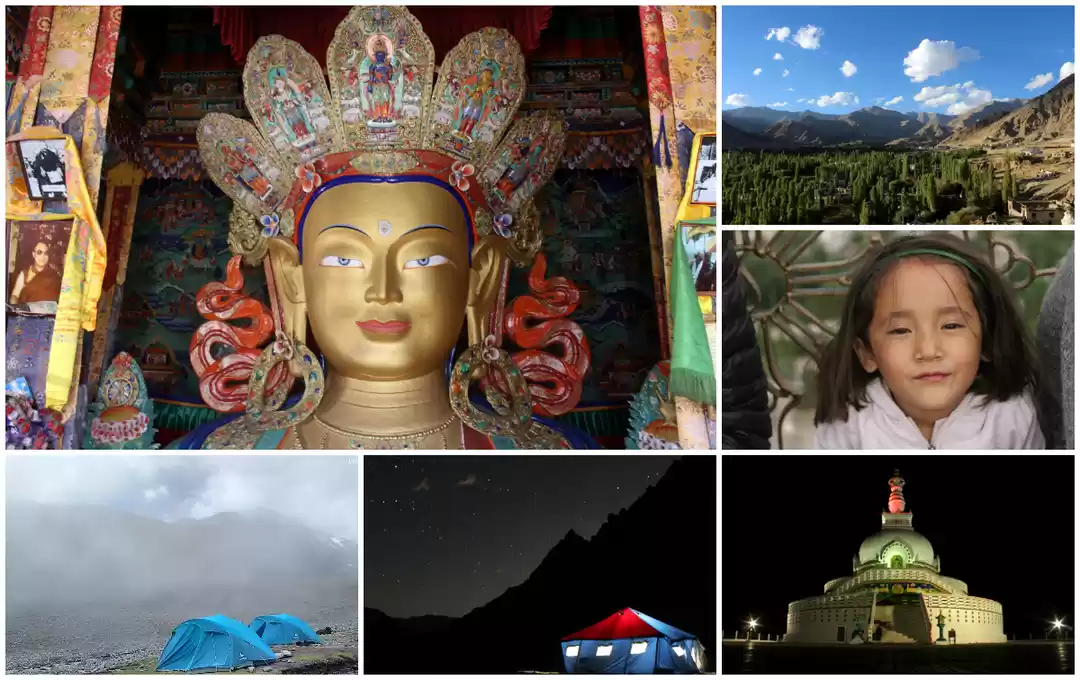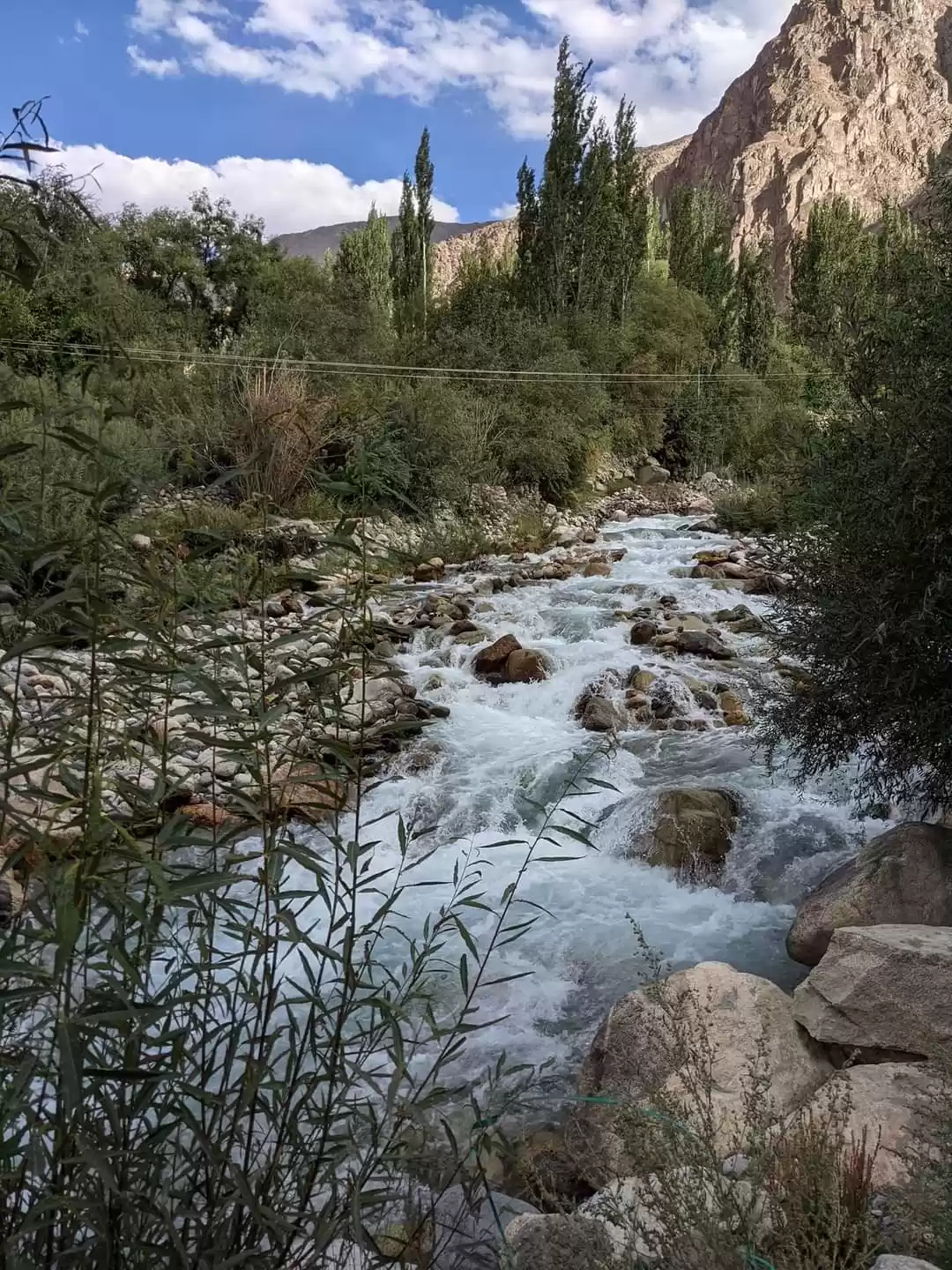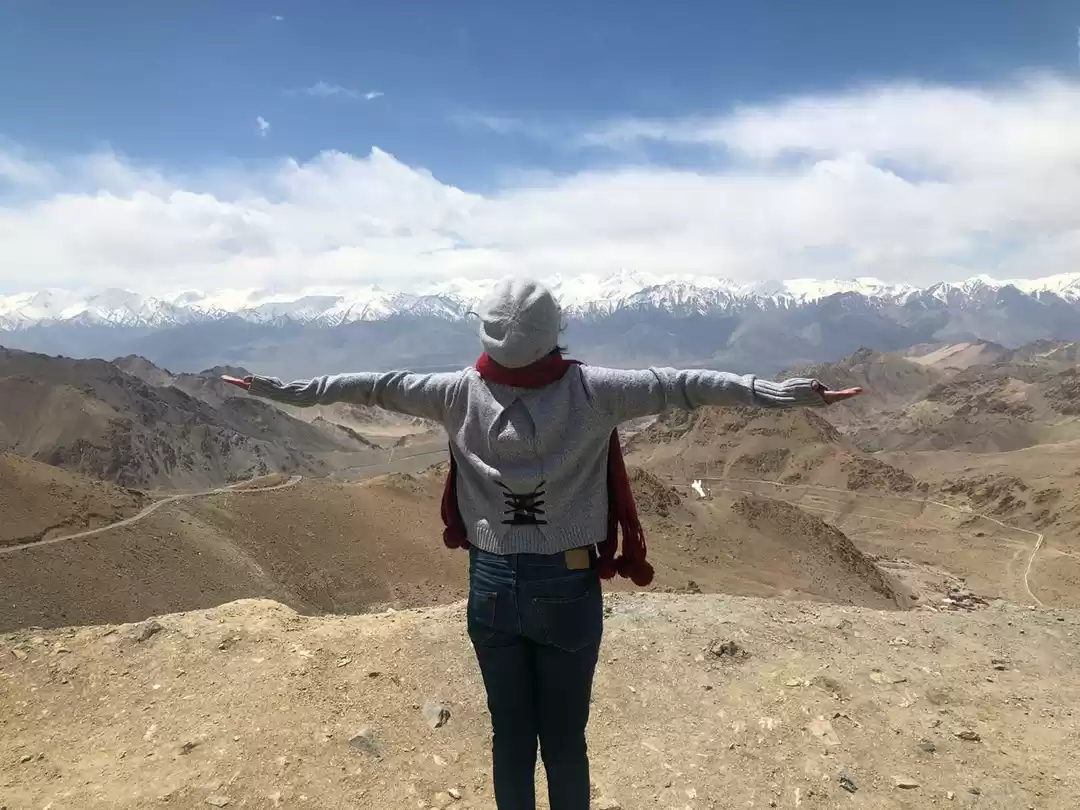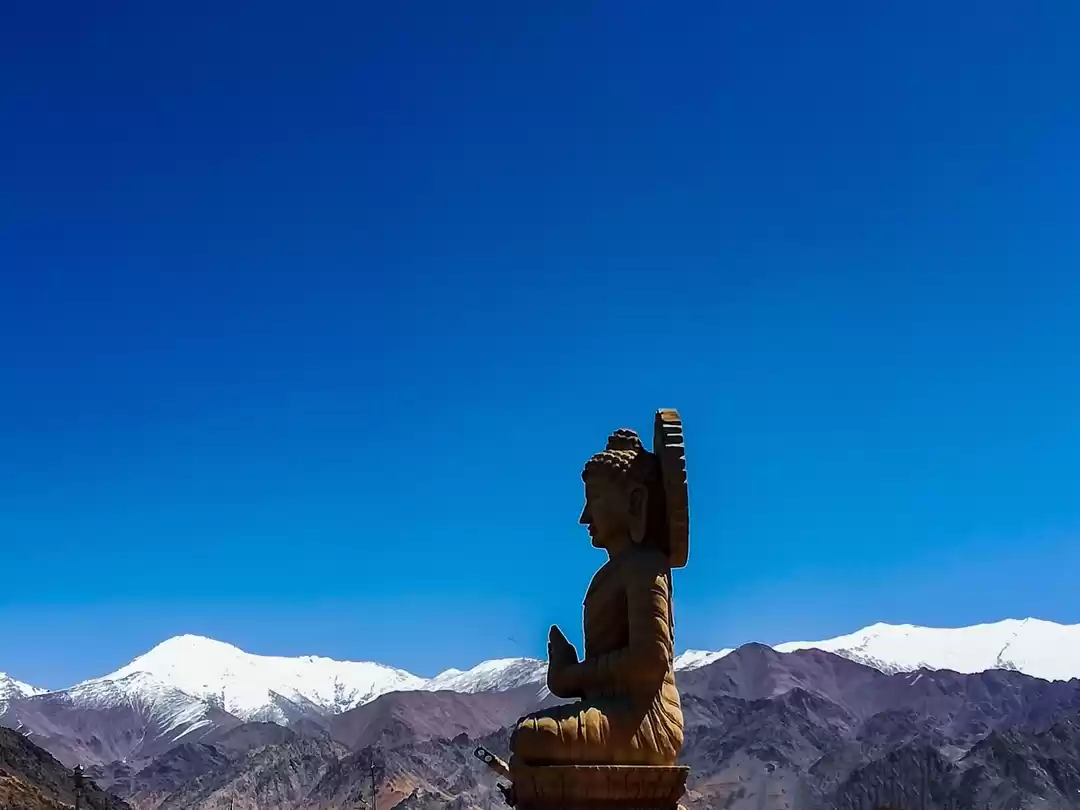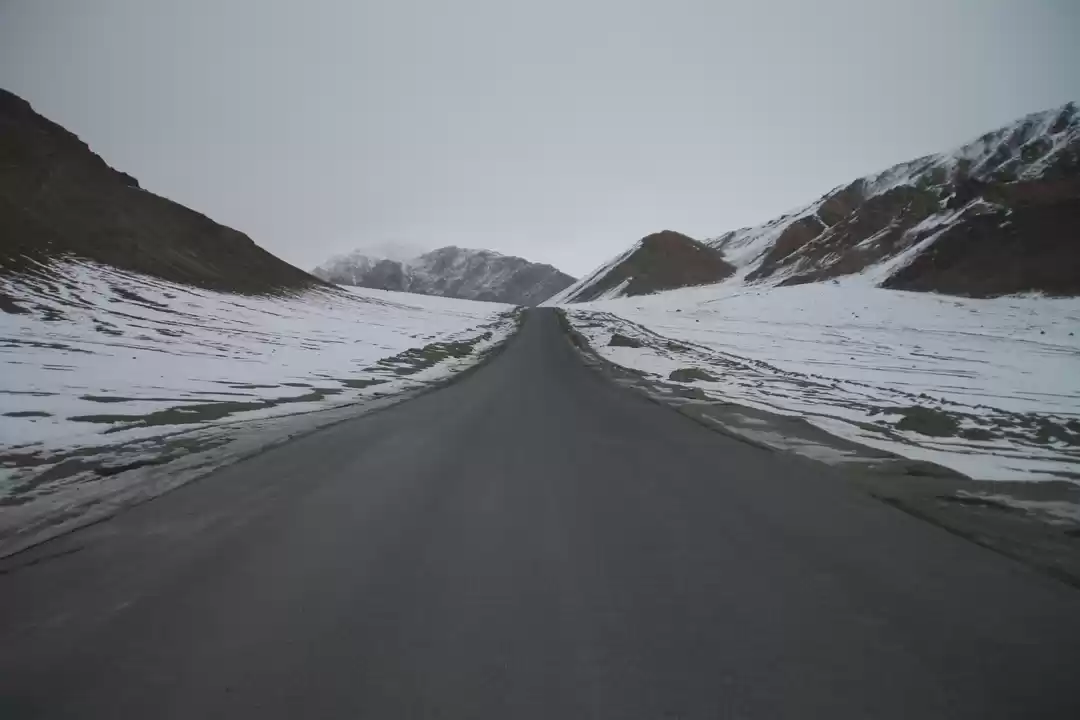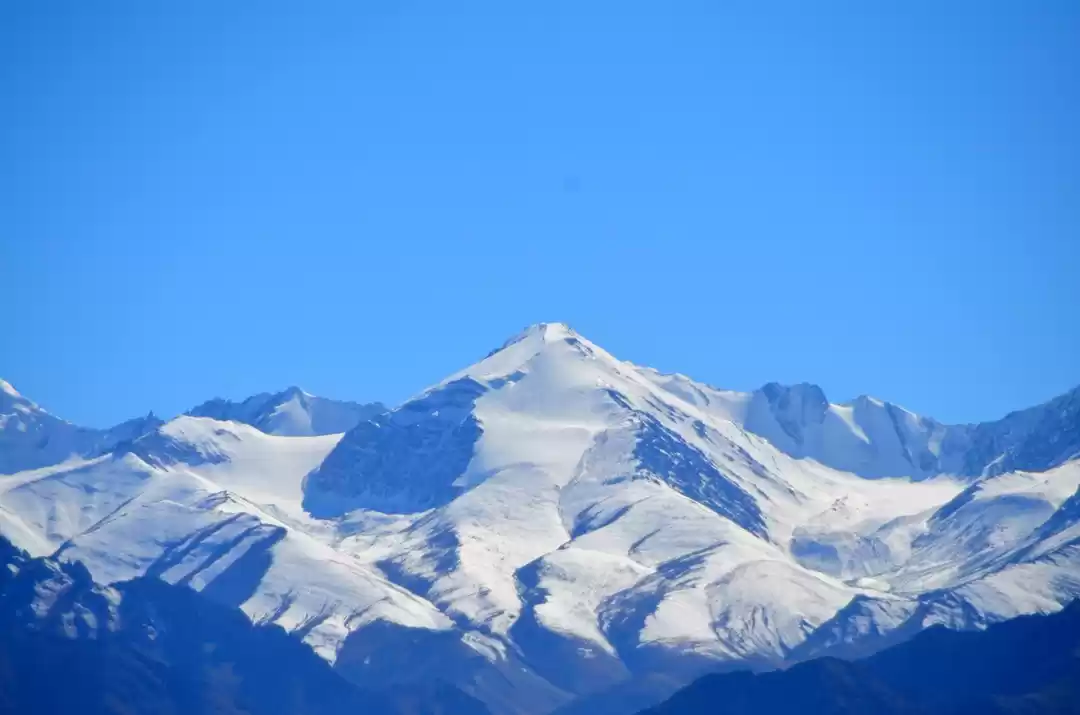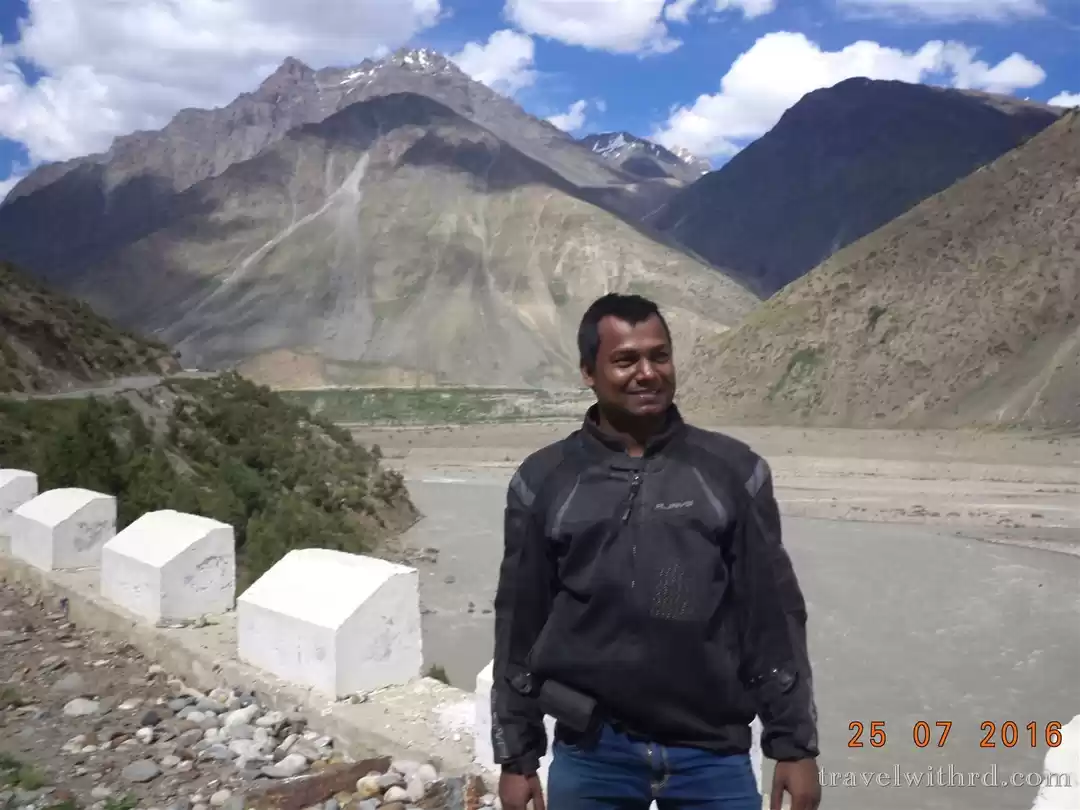









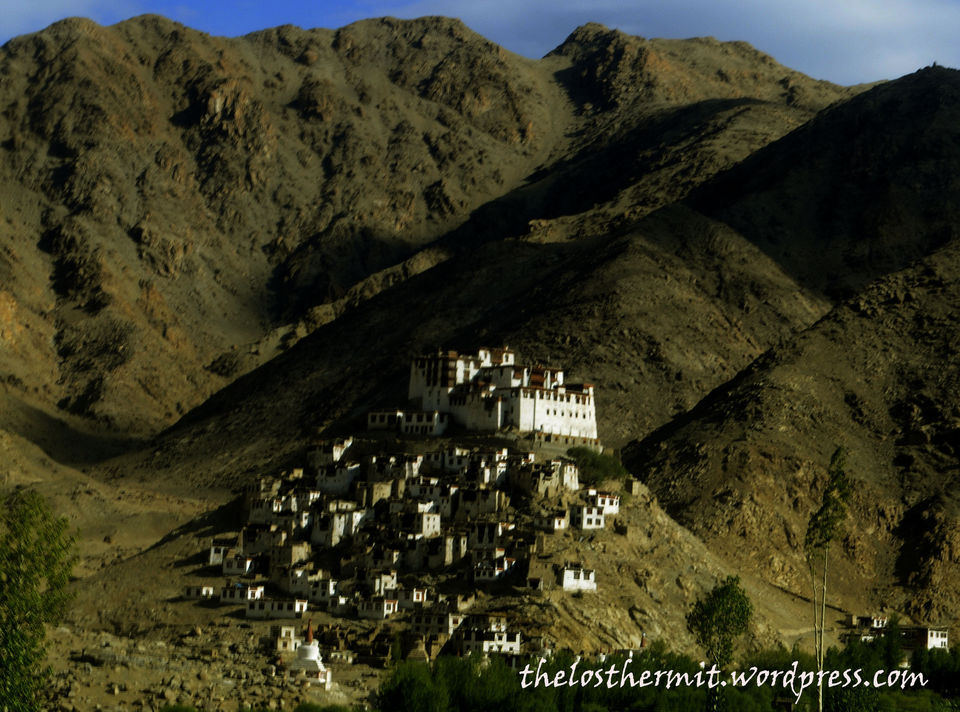
Not many would know the fact that Leh is the 2nd largest district in India after Kutch in Gujarat.It consists almost entirely of the ancient Himalayan Kingdom of Ladakh….including the green oasis in the desert-Leh city.The city is perched in the valley overlooking some gorgeous mountain scapes and rugged terrain.Waking up by the window in the morning to find the sun climbing behind the white peaks is a stupefying sight for anyone. If there’s one piece of advice you want at Leh….it’s would be to take it easy and not hurry on with the place.Spend a day or two loitering around the town. You will love every bit of it.When you hear people greet each other as Julley, do the same….they will love you for doing so. Julley means a formal hello in Ladakhi tongue The town of Leh is situated at an altitude of 11,600 feet and poses health problems for those who have not come prepared for low oxygen and the thin air.The simple trick is to rest for a day or two before exploring the localities at Leh.We stayed in a very quaint little corner of the city at Upper Tukcha road and we discovered over the next few days as to how fortunate we were ,spending days at the isolated and peaceful Yangphel Lodge…the last accommodation down the road.Agrarian communities and modern urban life is jostling for space currently in the city but still the place has an old world charm to it.Opening the wooden window to our room the next morning…we could see a farmer tilling his barley fields in the morning sun and the huge mountain peaks in the background,with the snow simmering in hues of yellow. This must be a good day to take a walk in the old city.
In old days, people used to burn Juniper twigs in earthen mould at street corners which is a traditional Buddhist practice of cleansing the air of evil spirits. Burnt juniper has a nice aroma anyway…. but gone are those days and the old lanes are filled with tourist vehicles and people bent working on their motorbikes that they will take on Himalayan expeditions. Once in the lanes,you will see a city closed and secluded from the outside world by mountains from all sides. The city scape is dominated by the towering Leh Palace that stands on a hillock that divides Old Leh from the new city.
At the end of the upper Tukcha road ,the new markets have come up which mainly cater to backpackers and tourist who have swarmed the Himalayan retreat in recenttimes. The Tibetan refugee markets,upmarket bakeries, cafes and travel agents occupy the space in this new part of town which have all sprouted recently.A small walk down the road takes you to the main road in Leh called the Old Bazaar Street which is a delight to spend some quality time.It’s often said that to understand a city’s soul, we must spend some time in the main market area and this is the place in Leh. Some of the oldest shops on the street will tell you ancient stories of how Russians,Afghanis,Pashtuns,Kashmiris,Persians,Chinese and Tibetans used to set up make-shift shops here to trade garments,animals,dry fruits and cannabis in old days. Those days of open trade are far gone due to modern political frictions between China-India-Pakistan.Nonetheless a walk down Bazaar street has a heritage value for travelers as this is a connecting thread between the old and new world.
Be it exclusive Tibetan garments, souvenirs,handlooms,or even books….the Old Bazaar Street has it all and some more too. This street ends at the foot of the hillock that holds the Leh palace. Actually the palace looms over you at whatever place you stand in the vicinity of central Leh like a huge Buddha and guardian for the old city.Just at the foothill, lies a beautiful mosque and it has an interesting story behind it. When the Nawab of Kashmir helped the Ladakhi Namgyal against the invading Mongols in 17thcentury,he demanded that a mosque be built for the muslim community in old Leh. This is perhaps a very rare instance of a mosque being built in joint Islamic-ladakhi architecture. The white and green structure at the base of the Leh palace adds charming diversity to the street and the city.
The short trek to the Leh palace begins from here as you wind up the hidden alleys beside the mosque.As you ascend the steps in the old city,you get to see the panoramic view of Leh as it spreads out in all directions. Early in the 17th century, the King Sengge Namgyal built the palace for the royal family and interestingly it was inspired by the famous Potala Palace in Lhasa, the official residence of the Dalai lama. The dominating feature stands nine stories high and the royal members used to reside in the upper chambers. After an 19th century invasion of Ladakh, the royalty was moved to the nearby Stok Palace and they never returned after that. Once inside the palace,you can explore it at your own pace by climbing several wooden steps that leads directly to the roof of the palace. And let me state this clearly-the rooftop of Leh palace is the best place to see the city in all it’s grandeur and beauty.The massive peak of Stok Kangri watches over the city from the front side while the Zanskar Range line the southern side of the palace horizon.You also see the clear distinction between the old flat city of Leh that lies to the left of the palace and new urban life to the right…including the Buddhist Shanti stupa which was built recently in 1990s.Bikers zoom in and out of the tourist offices while life as usual goes on in the old lanes of the city. Many worlds coincide and co-exist here peacefully.An old monk and a mountain dog were climbing up into a small monastery that stands on still higher ground above the palace. The mountains adjacent to the city look sublimely beautiful from up here and unknowingly you tend to spend a whole lot of time than you actually desired initially. Many small lamaseries and stupas line the old lanes by which you descend down from the palace.It is in these forgotten alleys that the essence and soul of the old city survives. For people in Ladakh, as in Tibet,Buddhism is not a religion but a way of life and the Buddhist teachings of compassion and tolerance are not virtues to behold but normal human qualities ,everybody is expected to hold. Over generations and centuries,the tough mountain people have seen invasions and natural calamities and the vagaries of an unforgiving terrain and yet they are keepers of an ancient culture and tradition. They are the real survivors.
Herodotus,the father of history has peculiar mentions of travels in Ladakh.His account is one of inter crossing legend, mythology and geography. To the ancient travelers, the barren mountains of Ladakh and Tibet seemed like huge ant-hills as it was the closest association they could make. So it was assumed that enormous ants must be residing these big ant-hills.They assumed the size of the ants to be near dogs or yaks. Assumption gave way to legends of gold reserves stashed away in the mountains,being guarded by the ferocious ants. These old world tales led to many invasions on these hills by tribesmen who came in search of gold,which were never found.
As evening claws it’s way into the mountains,the trekkers,bikers and explorers gather around the city in many hang-out spots.The new city garners to the travelers in shape of many delicious eateries and bars. The tourist scene is still growing after the area was thrown open in 1974 to outsiders and this is visible in the cafes and markets of Leh. The travel and adventure culture is strong and you can easily come upon Traveler’s Meeting places in the main market where you can help a fellow wanderer get some vital information. The travel agents put up display boards in front of shops for information on trips, treks and other expeditions. Leh is a major meeting point for Tibetan refugees who hold sway in many co-operative markets in the heart of the city.The Tibetan struggle for independence hangs precariously in these markets and vendors, but if you ask me they do over price the souvenirs a bit.
If you grow tired of the crowd in the markets of Leh,move down the Upper Tukcha road…..into the area called as Changspa,an agricultural suburb,northwest of the town’s center. It holds many splendid homestays and guesthouses amid the plantations,like the isolated one we were staying in,while in Leh. When the sun goes down, often I have heard women singing along the return route to home. Life as usual is laid back in the back alleys of the mountains and has a certain serenity attached to it.
In the first few days if you put your mind and body under stress,you are sure to get AMS-Acute Mountain Sickness,hence lie back till the body adjusts to the low oxygen and thin air environment.
The old man at the book shop with whom I talked quite often would contemplate on old days of the place when domestic tourists and westerners had not invaded the place in large numbers. On asking what was the major difference between the old Ladakh and today?…..he said that in old days,young Ladakhi boys wanted to grow up to be monks in high monasteries and now all they want to become is Tourist Guides. Leh is no more the crossroads of the old silk route where traders and travelers met to exchange tales of the road from Russia, Afghanistan, Persia, Tibet and Central Asia. The modern Leh is changing for better or for worse. Today it caters to the curious travelers, bikers and tourists who want to see a world beyond the monotonous city life…..but let’s not forget what Leh-Ladakh means to us. The region is perhaps the last repository of an ancient tradition and way of life-the Tibetan Buddhism,the remnants of which are even difficult to find even in modern day Tibet. A culture which is worth saving from the vagaries of the 21st century.
This trip was first published on https://thelosthermit.wordpress.com/.
Frequent Searches Leading To This Page:-
leh ladakh tour packages cox and kings, places to visit in leh ladakh in july, things to do in leh ladakh in july, 5 star hotels in leh ladakh, weekend getaways near leh, pregnancy tourism in ladakh

